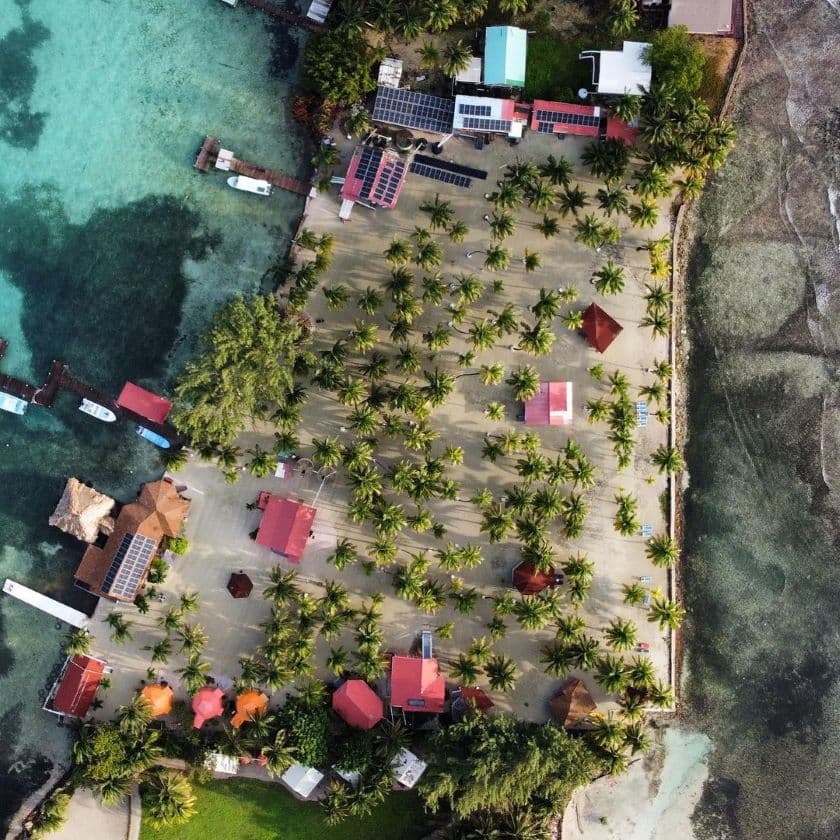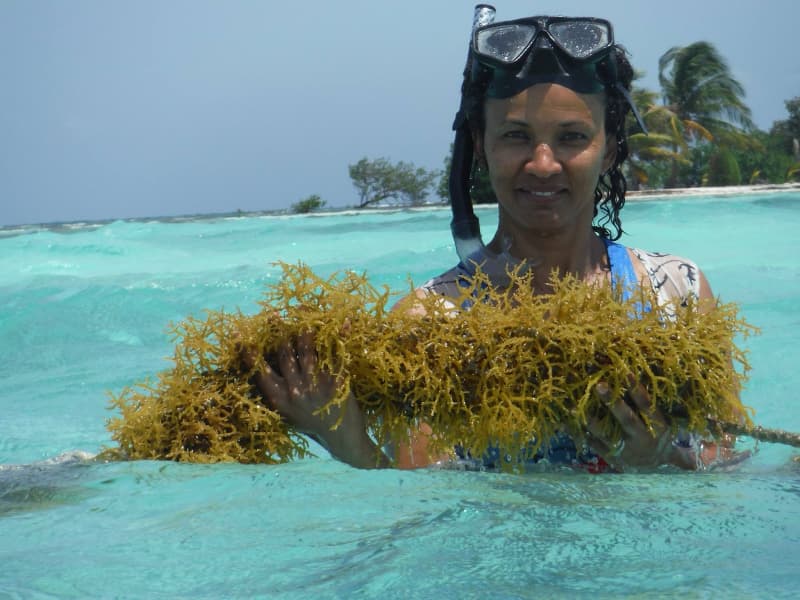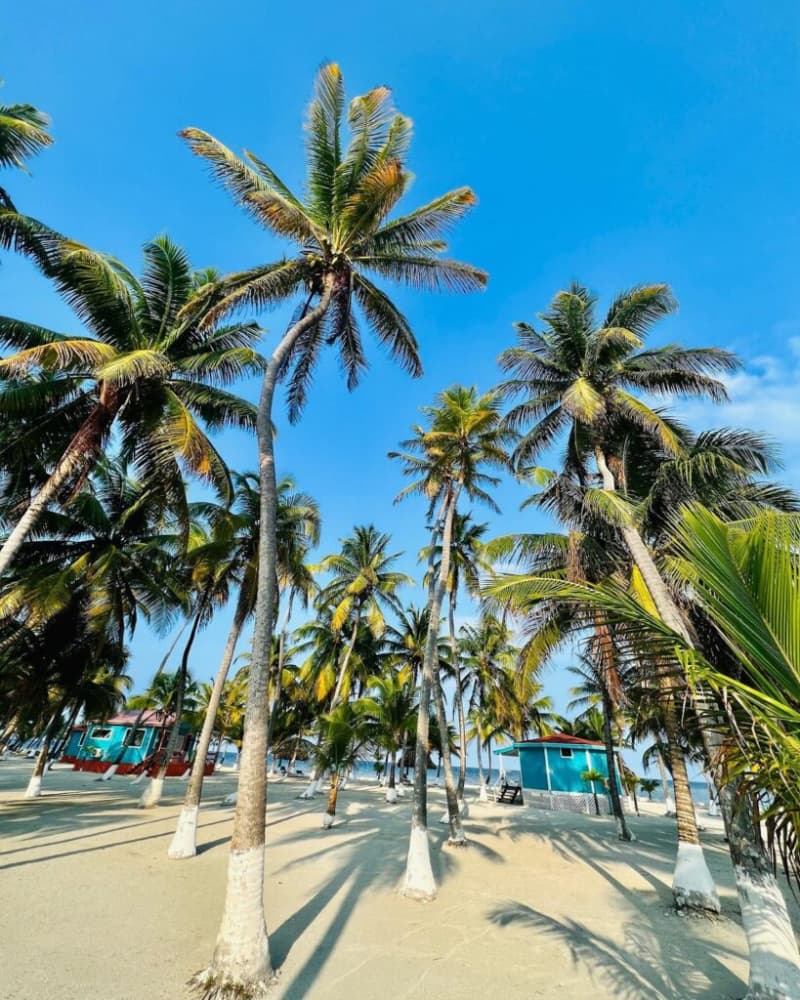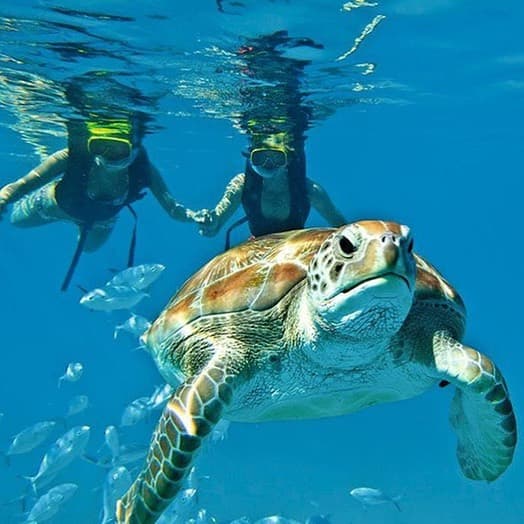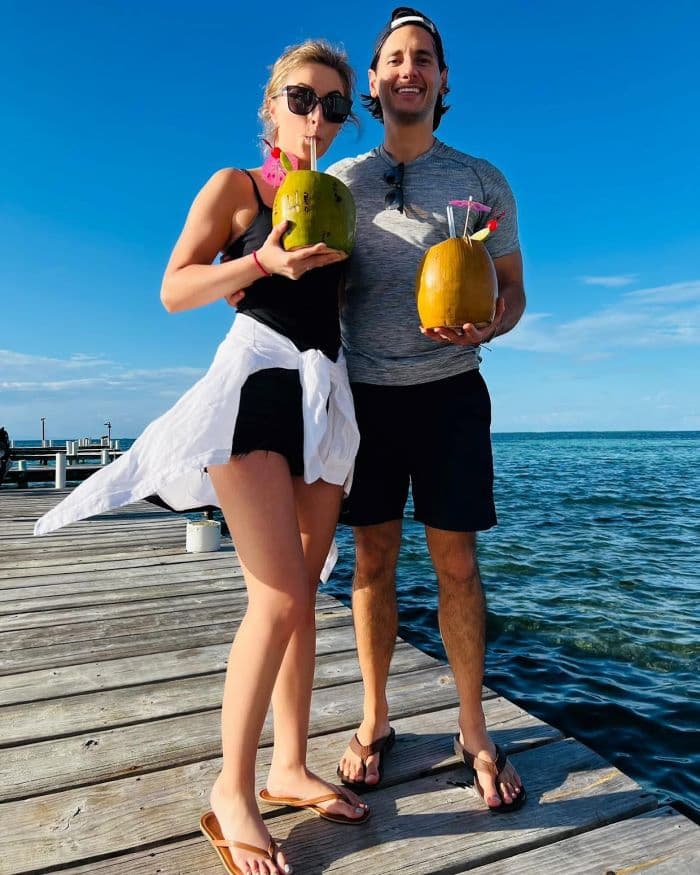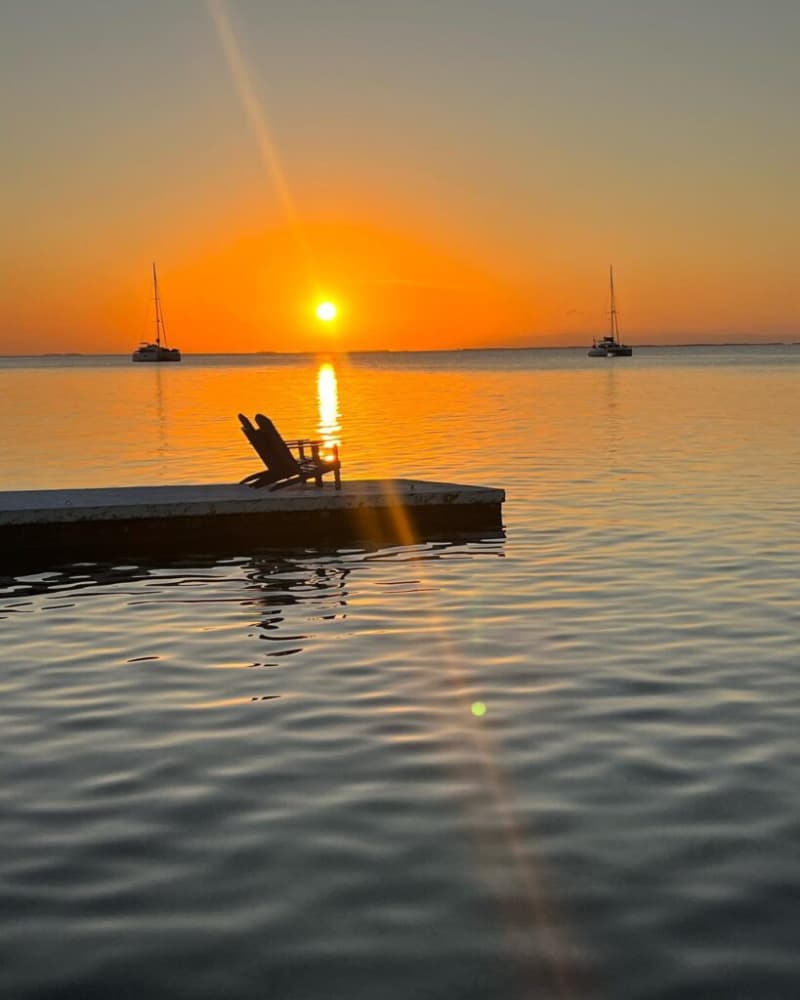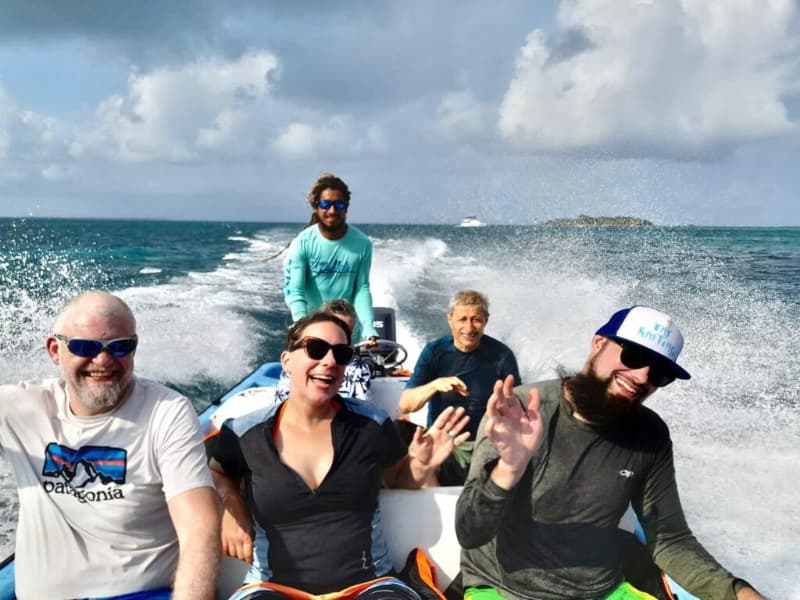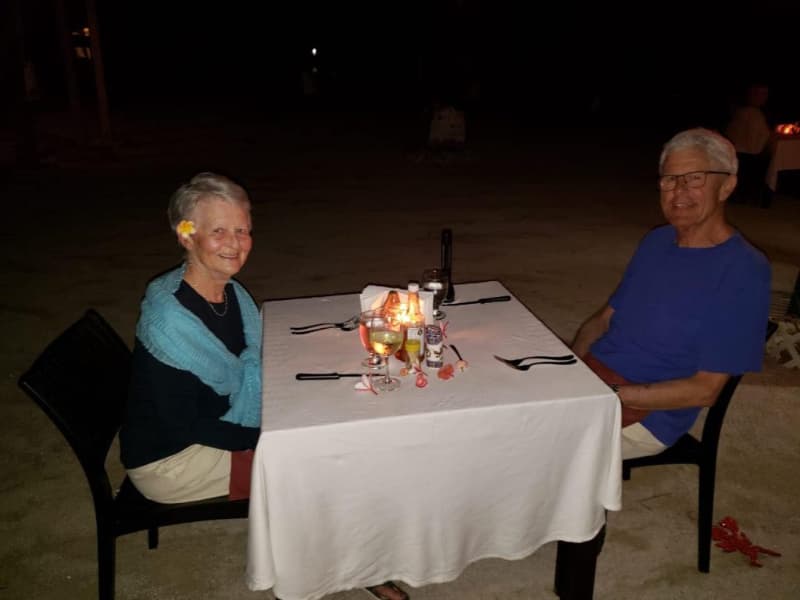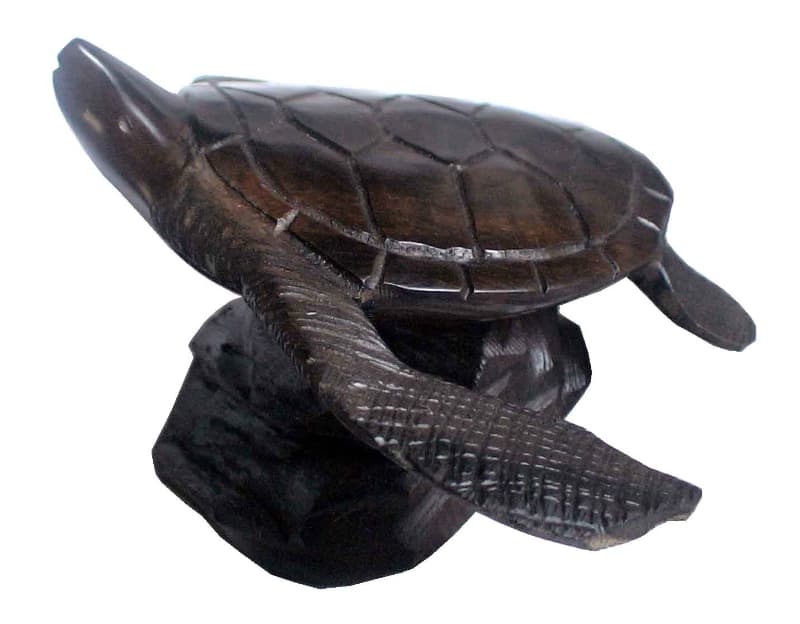Blue Marlin Beach Resort Blog - Dive Into Belize Island Life
Travel Tips, Island Stories & Marine Adventures from South Water Caye
Stay Inspired, Stay Informed – The Blue Marlin Beach Resort Blog
Welcome to your window into the soul of Belize. The Blue Marlin Beach Resort Blog brings you closer to the rhythms of island life, the magic of the reef, and the stories that make South Water Caye unforgettable. Whether you’re planning an upcoming getaway or reliving your last trip, our blog is your go-to source for:
- Travel Tips & Packing Guides
- Diving & Snorkeling Highlights
- Cultural Spotlights & Food Features
- Sustainable Tourism & Eco Adventures
- Resort Updates & Guest Experiences
Bookmark this space and check back often—we’re always sharing new ways to experience Belize like a local.
Have a story to share or a question for us?
Reach out—we’d love to feature your island adventure!
In a world where responsible travel and environmental preservation have become paramount, Belize stands as a shining example of how tourism and ecological conservation can coexist harmoniously. Nestled in the heart of the Caribbean Sea, Belize boasts… Read more
Hey there, beach bums and health enthusiasts! Today, I've got a salty tale to tell you about a little-known treasure of the Caribbean: seaweed farming in Belize . Yes, you heard that right! We're diving deep into the world of aquaculture, also known … Read more
Welcome to a world where turquoise waters meet pristine white sands, where comfort and adventure intertwine seamlessly, and where every moment is a memory waiting to be made. South Water Caye Marine Reserve and its exclusive private island resort are… Read more
Hey there, nature enthusiasts and ocean lovers! Let's talk about a group of underwater marvels that call the crystal-clear waters of Belize, Central America, their home: the captivating sea turtles! These charming creatures have been gracefully navig… Read more
Get ready to turn your winter blues into a tropical extravaganza on your very own private island! It’s never too early to plan your next all inclusive vacation winter getaway with us here at Blue Marlin Beach Resort. Picture yourself basking in the s… Read more
Welcome to a world where simple luxury and sustainability coexist in perfect harmony. Nestled on a pristine island, our eco-friendly resort is a haven for those seeking a getaway that not only pampers the senses but also nurtures the environment. Joi… Read more
Get ready to embark on the ultimate all inclusive family vacation extravaganza, where adventure and relaxation collide in the breathtaking paradise of Belize! Imagine yourself stepping into a 3D wonderland where crystal-clear waters meet sun-kissed b… Read more
Frank & Gail - Valentine's Dinner 2019
FRANK AND GAIL are in the running for our Longest Returning Guests Award. They have been coming to holiday on Blue Marlin by themselves, with friends, and with family for the past 20 years.
I met thi… Read more
One of the most popular types of wood used is mahogany, but other woods are used as available as well. Many vendors will set up tables in market places and other public areas to sell their wares. Some wood carvings can be pretty rudimentary, but othe… Read more
Gladden Spit is locally known as "Point of reef" or The Elbow. The site has a short sloping shelf that drops off steeply at about 130 ft. At Gladden Spit, over 25 species of fish gather to spawn during the full moon periods in the springtime.
… Read more

